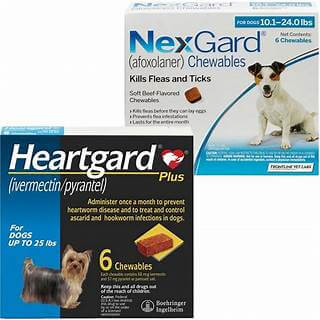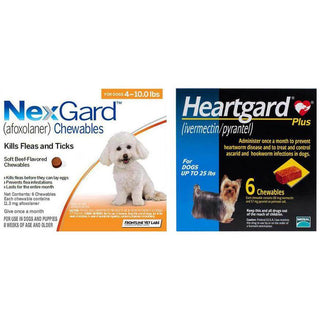Common Brand Names
Single Ingredient
Combined Ingredients
- Advocate Topical Solution for Cats and Dogs (with Moxidectin)
- Advantix Topical Solution for Cats and Dogs (with Permethrin)
- Seresto Collar for Cats and Dogs (with Flumethrin)
Uses Of Imidacloprid
Imidacloprid is a wide-spectrum lousicide and insecticide used to control fleas in cats and dogs and lice in dogs. Mostly it is combined with other ingredients, insecticide Moxidectin or Permethrin, to treat mites, ticks, or internal parasites.
Method Of Application
Imidacloprid is supplied as a spot-on solution or topical, external application.
Dosage And Administration
Imidacloprid spot-on solution is available in feline and canine formulas, and dosage is according to body weight. Therefore, you should always weigh your pet before administering it and only use products on the animal they are intended for.
It kills existing fleas within 24 hours and protects your pet for the entire month. However, it would help if you administered every month to keep protecting your pet against fleas on cats and dogs and lice in dogs.
In some environments, your pet might need more frequent applications. If so, then also only apply once a week.
Possible Side Effects
Dogs and cats might feel temporary hair loss or skin irritation at the application site.
If pets lick the application site immediately after it, they might feel severe side effects. However, this is because of the bitter taste of the medicine and is not an adverse reaction.
Some more side effects with Imidacloprid reported include depression, tremors, loss of coordination, and drooling.
Precautions
- Imidacloprid should not be given orally; it is just for external use.
- Do not let your pet groom each other after application.
- Do not apply on damaged skin.
- It is safe to use with nursing and pregnant cats and dogs.
- Please do not use it on cats and dogs under eight weeks of age.
- Please do not use it on unweaned puppies or kittens. The treatment administered to the mother will protect the litter.
Signs Of Toxicity
In case of incorrect dosing, Imidacloprid toxicity may occur, or if the animal licks the application site.
You may see some symptoms of toxicity, like convulsions, fatigue/lethargy, unstable gait, tremors, breathing problems, and cramps.
Please consult your veterinarian immediately if you doubt your pet has overdosed.
Storage
Always store below 30°C/86°F.
Disclaimer
The information provided on this page is for normal reference only and is not intended to replace veterinary advice or packaging label. You should consult your vet first. Here may have included only some of the uses, side effects, brand names, or applications.






